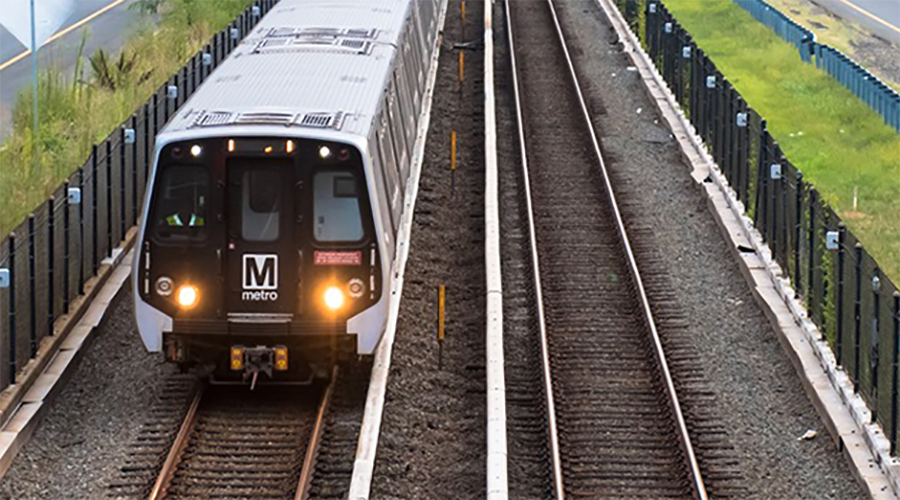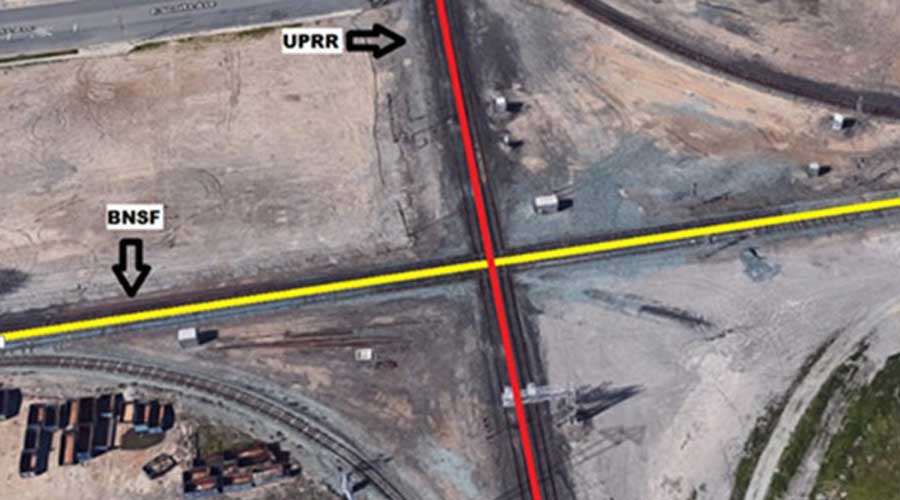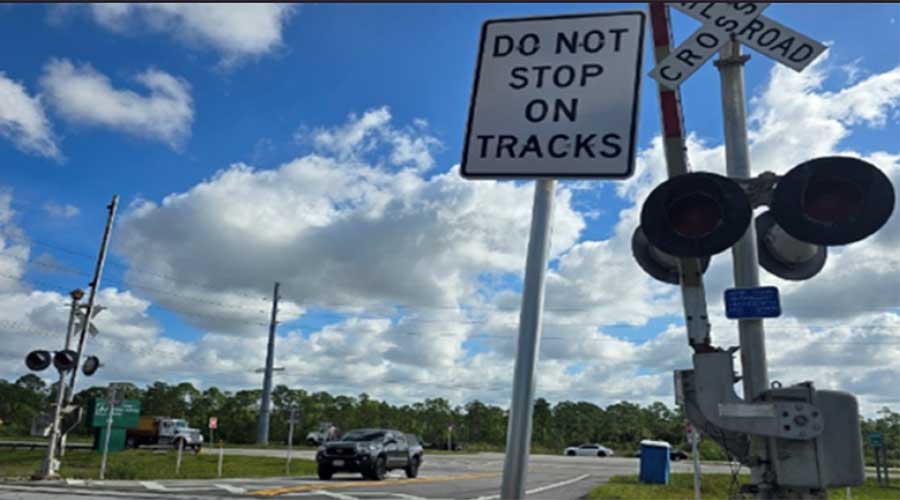Stay updated on news, articles and information for the rail industry
6/16/2014
Rail News: CSX Transportation
Final environmental report issued on Virginia Avenue Tunnel project
The Federal Highway Administration (FHWA) and District Department of Transportation (DDOT) late last week released a Final Environmental Impact Statement (FEIS) for the proposed reconstruction of the Virginia Avenue Tunnel in Washington, D.C.
Owned and maintained by CSX Transportation, the 4,000-foot, single-track tunnel is located in southeast D.C. beneath the eastbound lanes of Virginia Avenue. CSX plans to reconstruct and rehabilitate the 110-year-old tunnel — including the addition of a second set of tracks — to accommodate double-stack trains and eliminate a chokepoint caused by the single track.
The FEIS incorporates feedback from the community and identifies "two new tunnels" as the preferred alternative for the project. The option best meets the project’s purpose and need, addresses community concerns about trains moving through an open trench during construction and minimizes impacts to nearby residents, FHWA and DDOT officials said in a press release. The alternative also has the shortest estimated construction timeframe at about 30 to 42 months.
The FHWA and DDOT will hold a public meeting on July 1 in D.C. to present details on construction and the FEIS, and to answer questions. The FEIS will be available for review for 30 days before an official decision is issued. Depending on the decision, CSX will share additional information about project timing and other specifics.
CSX officials lauded the FHWA and DDOT for advancing the tunnel's reconstruction. The chosen alternative will prompt construction in a way that responds to community concerns about the project's design and construction plan, with trains operating in an enclosed tunnel in front of residences, CSX officials said in a press release.
"CSX is proposing to spend hundreds of millions of company dollars to reconstruct this tunnel to move people and goods more efficiently for the benefit of commuters and businesses in the district and throughout the region," they said. "The release of the FEIS is a critical step forward to modernize the country's aging infrastructure in a way that promotes the safety and well-being of local neighbors."
Under the preferred alternative, CSX would be required to take certain actions to reduce impacts during construction, such as limiting construction hours, controlling dust at the site, reducing noise and vibration, working with DDOT to monitor and maintain traffic flow around the site, and providing compensation to neighborhood organizations and the most-impacted residents.


 2025 MOW Spending Report: Passenger-rail programs
2025 MOW Spending Report: Passenger-rail programs
 Gardner steps down as Amtrak CEO
Gardner steps down as Amtrak CEO
 Guest comment: Oliver Wyman’s David Hunt
Guest comment: Oliver Wyman’s David Hunt
 Women of Influence in Rail eBook
Women of Influence in Rail eBook
 railPrime
railPrime







